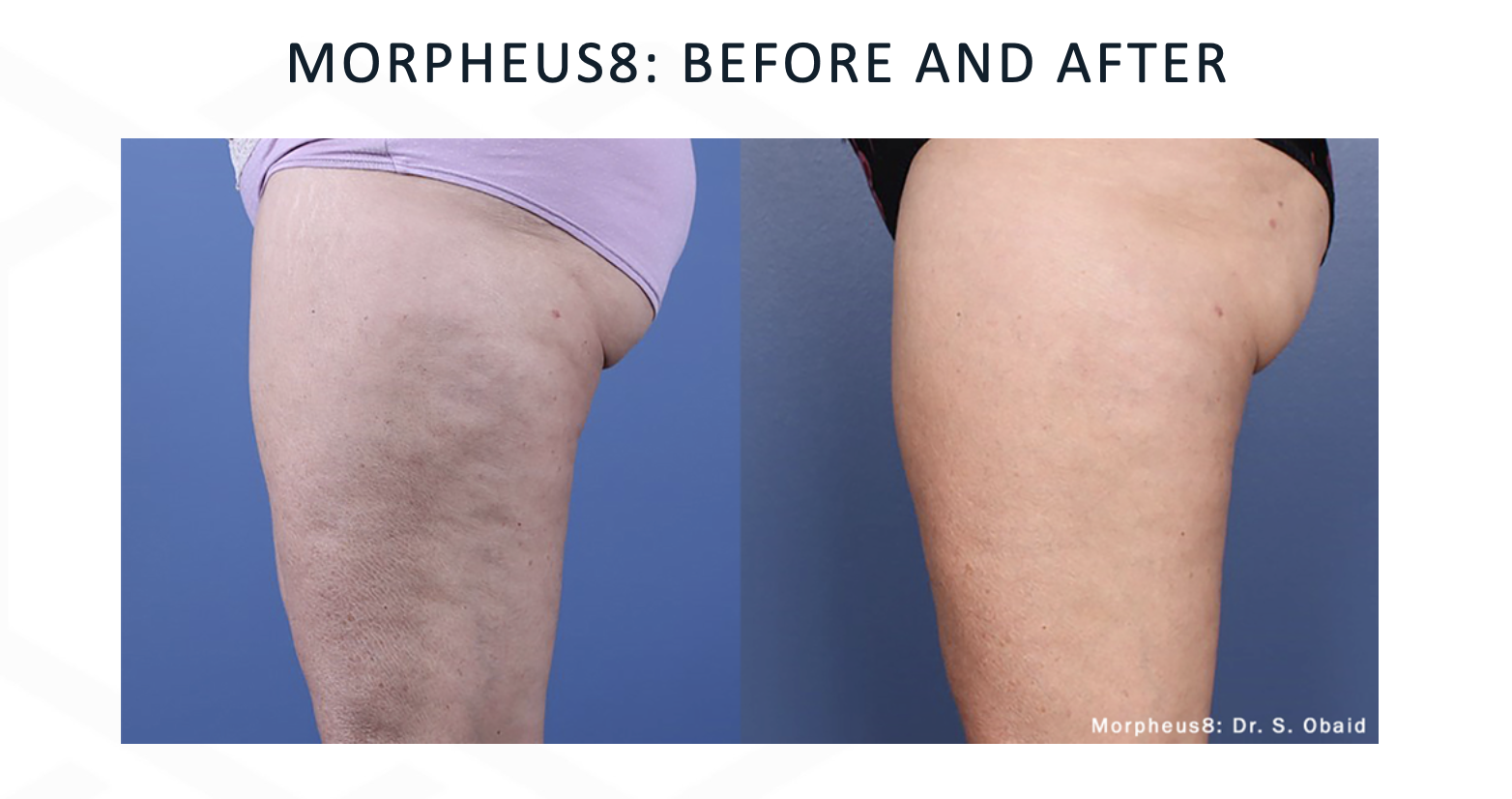GUARDIANS OF GORGEOUS NAILS
Janine Mendes-Franco
Not only do nails play an essential role in protecting our fingertips, they go a long way in enhancing our overall appearance. However, they are susceptible to various infections that can cause discomfort, look unpleasant, and affect our daily lives.
Here are a few of the most common nail conditions we treat (and tips on how to avoid them)…
Fungal nail infections
Also called onychomycosis, these types of infections occur when fungi enter the nail bed through tiny cracks or cuts. This often leads to discolouration, thickening, and brittleness of the nails. To avoid fungal infections, make sure you and your nail salon technician practice good hygiene by regularly cleaning equipment and tools, and by properly drying your hands and feet. Choose well-ventilated shoes and avoid walking barefoot in damp public places like locker rooms or swimming pools.
Bacterial nail infections
These pesky conditions occur when there is injury or trauma to the nail and surrounding skin, allowing bacteria to enter. This is usually followed by swelling, pain, and pus formation. It is critical to treat these symptoms early, so please make an appointment with us the minute you notice a change. Other ways to avoid these types of infections include keeping your nails trimmed, and avoiding biting or picking at cuticles, which can create entry points for bacteria. If you do experience a nail injury, be sure to clean the area thoroughly with an antiseptic, and keep it covered until it can be medically treated.
Paronychia
This infection affects the skin surrounding the nails. It can be either acute (caused by bacteria), or chronic (usually resulting from fungi). One way to help avoid paronychia is to steer clear of excessive exposure to water and harsh chemicals, which can weaken the skin barrier around the nails. Wear protective gloves while doing household chores and moisturise your hands regularly to keep skin hydrated.
Ingrown nails
Ingrown nails occur when the edge of the nail grows into the surrounding skin, causing pain, redness, and infection. This can be avoided by cutting your nails straight across (as opposed to rounded), and not trimming them too short. Ensure, too, that your shoes fit properly and give your toes enough room. If you notice signs of an ingrown nail, please make an appointment with one of our dermatologists so they can address the situation safely.
Contact dermatitis
Contact dermatitis related to nails is often called "nail polish allergy" or "nail product dermatitis”, and happens when the skin around the nails reacts to things like nail polish and polish removers, acrylic nails and gels, and other nail care products. People with the condition usually complain of redness, itching, swelling, blistering, and dryness around the nails. Sometimes, there is even pain and oozing.
If you suspect nail-related contact dermatitis, please give us call. We can do patch testing to identify specific allergens that might be causing the reaction, and pinpoint where the problem lies. In severe cases, we may prescribe topical steroids or oral antihistamines, and you might also have to switch to hypoallergenic or fragrance-free nail products.
By incorporating these simple, yet effective practices into your routine, you can significantly reduce your risk of developing debilitating nail infections.




















